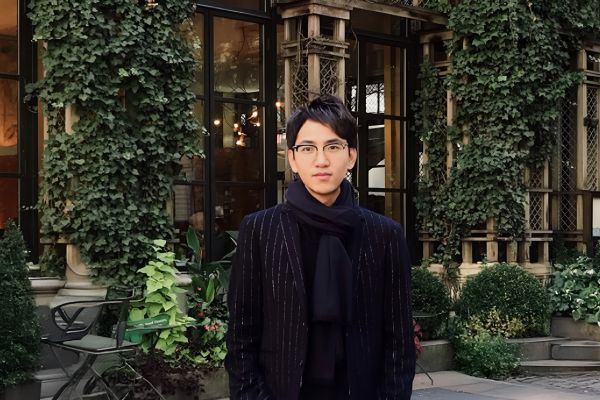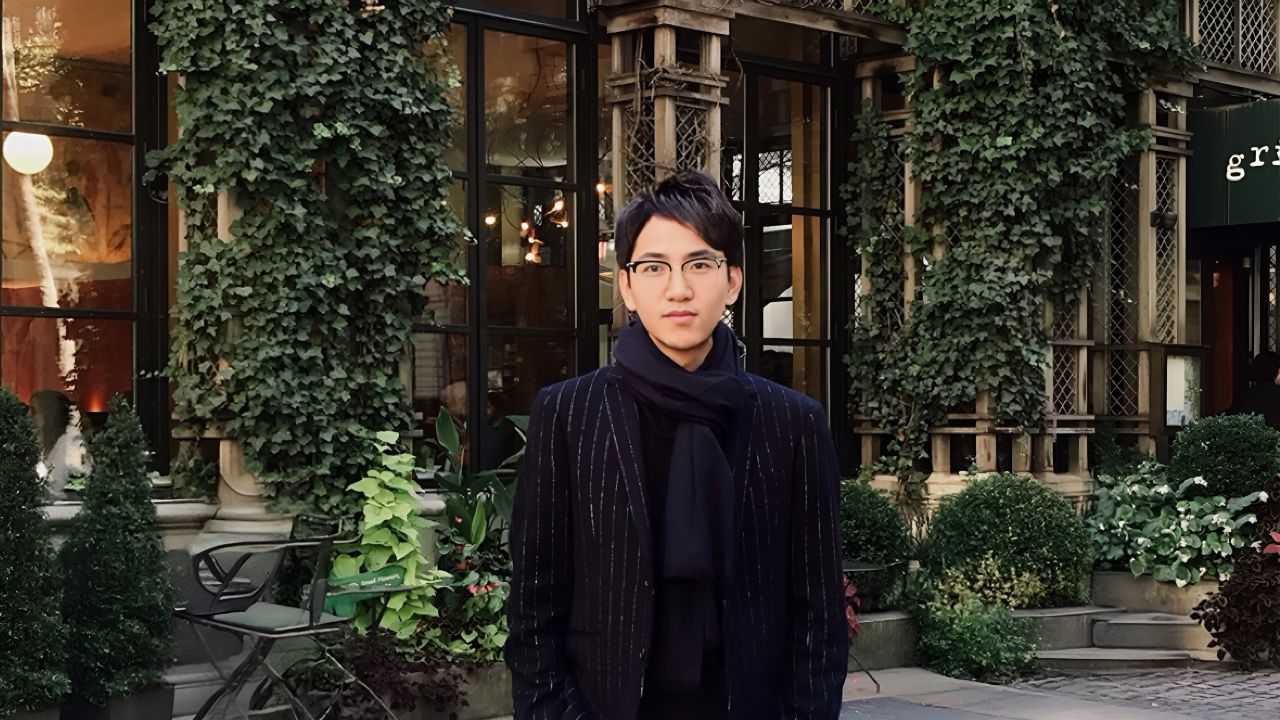
Interview
ZEHUA ZHANG
ZEHUA ZHANG, United States
Zehua Zhang is an Associate Principal at KPF and a licensed architect in New York, known for designing environments that connect function with emotional resonance. He studied at the Weitzman School of Design and brings a thoughtful, sustainable approach to shaping the urban experience.

1 | Congratulations on your achievement! What inspired you to submit this project for the NY Architectural Design Awards?
Thank you! What inspired me to submit this project for the NY Architectural Design Awards was its unique creativity and architectural form. This project represents one of my personal works where I was able to explore innovative shapes and spatial concepts. I believe it showcases a fresh approach to design and contributes meaningfully to the architectural dialogue in New York. Sharing it through the awards was a great way to highlight both the project and my own design vision.
2 | What is the defining concept or vision behind your award-winning project?
The defining concept behind my award-winning project is inspired by seashells found along the coast. I applied biomimicry by translating the natural forms and patterns of shells into the architectural design. This approach allowed the building to embody both organic beauty and functional efficiency, creating a structure that feels connected to its environment while exploring innovative spatial expressions.
3 | Could you briefly share your journey into architecture and what inspired you to pursue this field?
I graduated from the Weitzman School of Design at the University of Pennsylvania and am now a full-time architect based in New York. I am a licensed architect in the state of New York and a LEED Accredited Professional (BD+C). I currently serve as an Associate Principal at KPF. I've always been fascinated by the way design can shape how people live, feel, and interact with the world around them. Growing up, I was constantly observing my environment—how light entered a space, how people moved through it, and how materials aged over time. What started as curiosity gradually became a passion for creating thoughtful, intentional spaces that respond to both function and emotion. Pursuing design as a career felt like a natural path—a way to combine creativity, problem-solving, and a deep desire to improve the human experience through the built environment.
4 | How would you describe the mission or goals of your company or studio?
My mission is to create innovative, sustainable, and human-centered designs that enhance the built environment and improve people’s lives. I strive to balance creativity with functionality, pushing the boundaries of architecture while respecting context and culture. Collaboration and continuous learning are core to my approach, enabling me to deliver thoughtful solutions that respond to both present and future needs.
5 | Were there any unexpected challenges during the design or construction phases? How did they shape the final result?
Yes, there were some unexpected challenges during both the design and construction phases. For example, adapting the biomimetic shell-inspired forms to meet structural and budget constraints required multiple iterations and close collaboration with engineers. These challenges pushed us to be more creative and flexible, ultimately leading to innovative solutions that enhanced both the building’s aesthetics and performance. The process reinforced the importance of teamwork and adaptability, which shaped the final result into a more refined and resilient design.
6 | How does your design process usually unfold-from ideation to completion?
My design process typically begins with deep research and understanding of the site, context, and client needs. From there, I explore concepts through sketches and digital modeling, often experimenting with forms and materials. Collaboration with engineers and consultants happens early and throughout to ensure feasibility. The design evolves through iterative feedback and refinement, balancing creativity with practical considerations. Finally, I focus on detailing and execution to bring the vision to life while maintaining design integrity.
7 | If you had to describe the journey of this project in three words, what would they be?
Innovative, collaborative, and transformative.
8 | What feedback have you received about your work that has been particularly meaningful or surprising?
One piece of feedback that stood out was how people felt emotionally connected to the spaces we created. It was meaningful to hear that the design not only met functional needs but also evoked a sense of comfort and inspiration. This reminded me that architecture is not just about form or function—it’s about creating environments that resonate deeply with people’s experiences.
9 | What does receiving this recognition mean for you, your team, or your studio?
It not only acknowledges the design effort and vision behind the project, but also reflects a shared commitment to innovation, quality, and impact in the built environment. It’s incredibly motivating to see our work resonate on an international level, and it inspires me to continue pushing boundaries and creating thoughtful, human-centered spaces.
10 | How do you see this award influencing your future projects or career?
Winning this award has been a meaningful moment in my professional journey. It not only brought recognition, but also gave me a chance to reflect on my design approach and continue evolving as a designer. The experience pushed me to think more critically, communicate ideas more clearly, and stay open to feedback and iteration. It also reinforced the importance of staying curious and committed to learning—both from the work itself and from the people I collaborate with. This achievement has inspired me to take on new challenges with greater confidence and a deeper sense of purpose.
11 | What's a project or idea you've been dreaming of bringing to life, and why does it inspire you?
One project I’ve been dreaming of bringing to life is a vertical forest within a high-density city. This concept inspires me because it addresses the urgent need for green space and environmental sustainability in urban areas. Integrating lush vegetation into tall buildings not only improves air quality and biodiversity but also creates healthier, more vibrant living environments. I’m excited by the challenge of merging nature with architecture to enhance urban life in innovative and meaningful ways.
12 | Where do you see the architectural field heading in the next decade, and how do you envision contributing to its evolution?
In the next decade, I see architecture increasingly embracing sustainability, technology, and human-centered design. The integration of smart systems, renewable materials, and adaptive spaces will become essential to meet environmental challenges and evolving lifestyles. I envision contributing by pushing the boundaries of innovative design while prioritizing ecological responsibility and social impact. Through collaboration and continuous learning, I aim to create architecture that not only responds to the future but helps shape it positively.
13 | How do you see your designs contributing to the future of sustainable architecture?
I see my designs contributing to sustainable architecture by integrating environmentally responsible strategies from the very beginning of the process. This includes using energy-efficient systems, selecting sustainable materials, and designing for adaptability and longevity. Beyond technical solutions, I strive to create spaces that encourage a deeper connection between people and nature, fostering awareness and stewardship. By combining innovation with care for the environment, I hope my work helps set a standard for architecture that supports a healthier, more sustainable future.
14 | If you could design anything, with no limits on budget or imagination, what would it be?
A vertical forest within a high-density city. This concept inspires me because it addresses the urgent need for green space and environmental sustainability in urban areas.